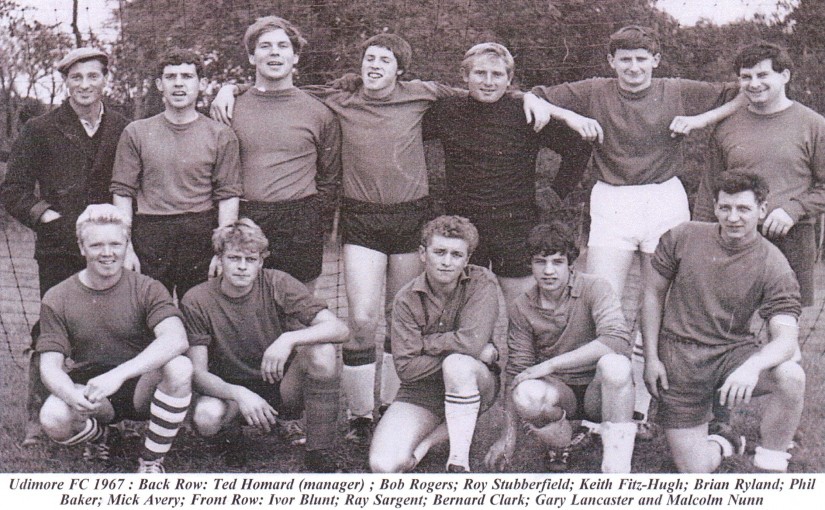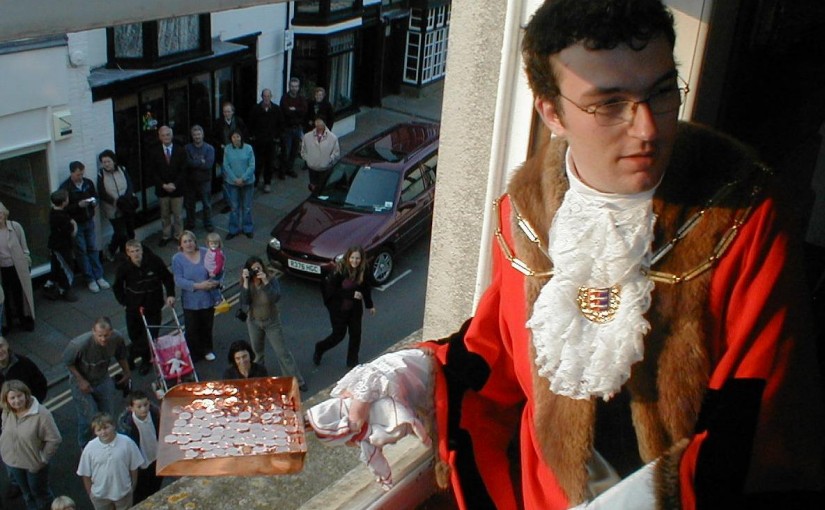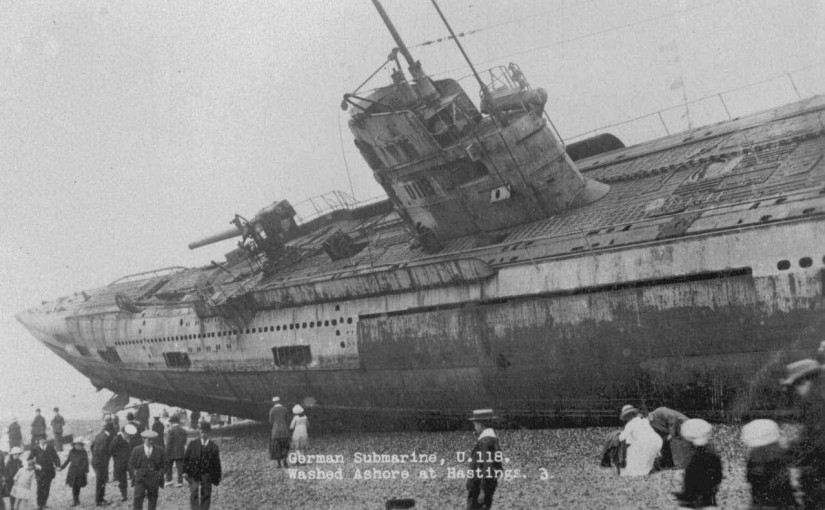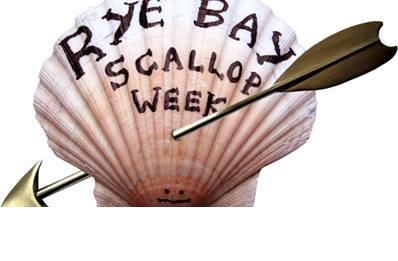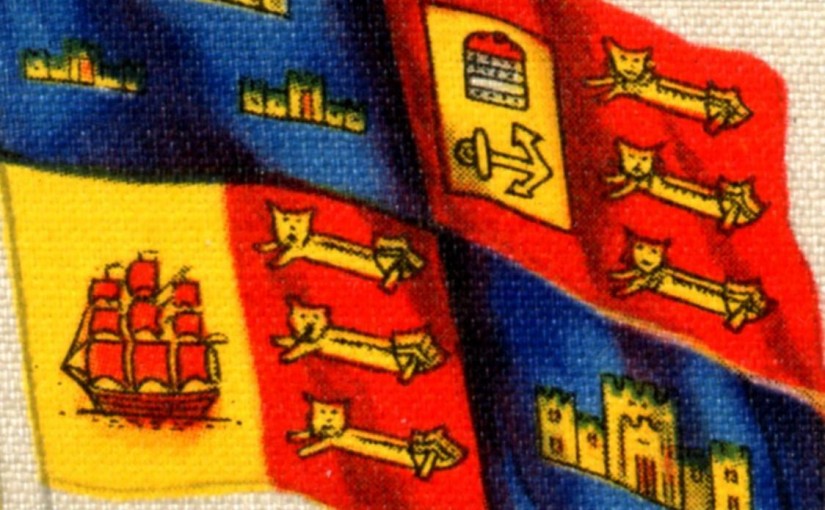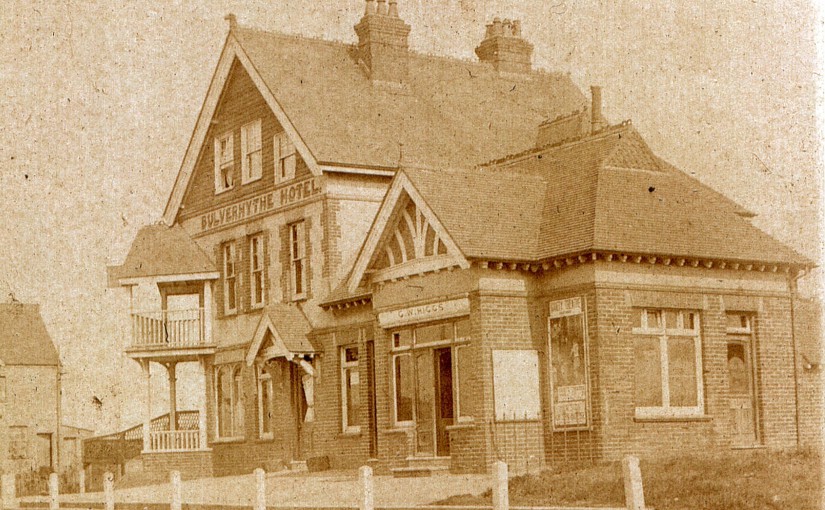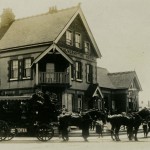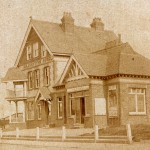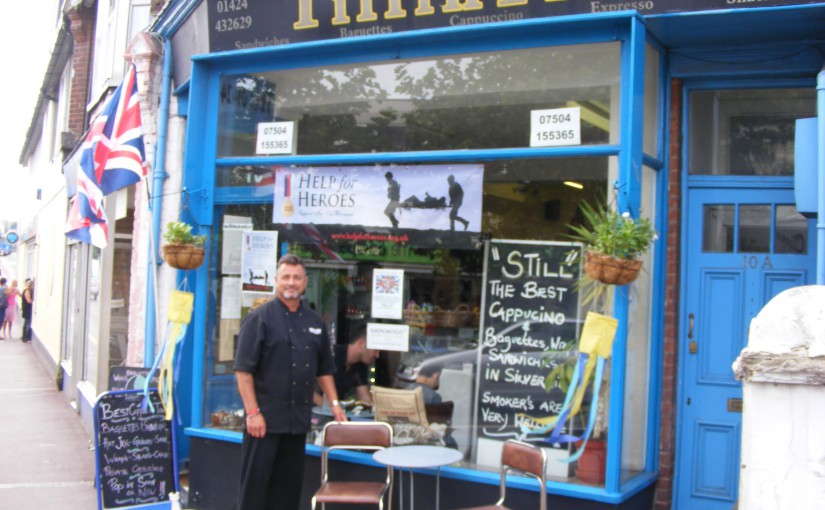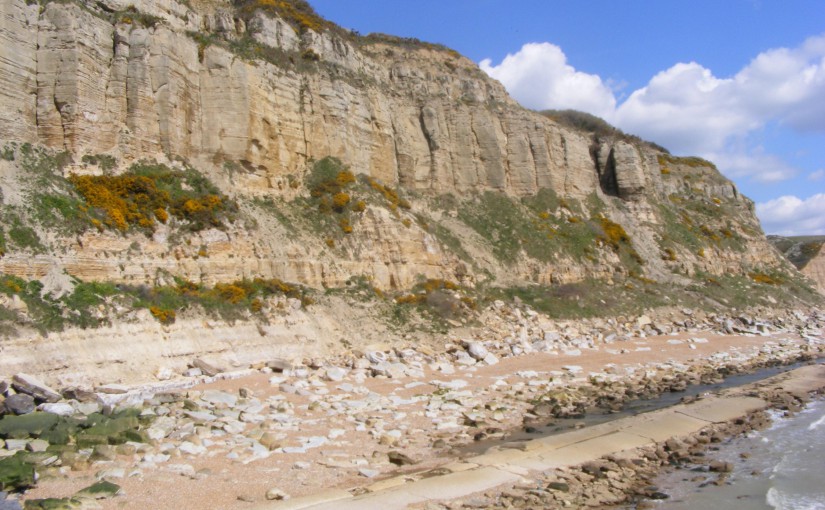England won the World Cup in 1966 and this event sparked a ‘soccer boom’ in the country. So many youngsters took up the game, overfilling places in local teams many times over. Established teams created 2nd. and 3rd, elevens and new teams were born in towns and villages around the country. Continue reading Local Soccer in the 60s
Month: February 2014
The Rye Fund
The Rye Fund Thanks to the generosity of local people and with the benefit of substantial match funding received under the government’s Grassroots Endowment Challenge, we are delighted to report that The Rye Fund has now reached £100,000. Continue reading The Rye Fund
100 Years have Passed Since The War To End All Wars Began
BY JIM HOLLANDS
28 July 1914 was a beautiful summer day, but by the time the sun had set a terrible war had started that would not end for over four years.
By 11am on the 11 November 1918, when the armistice brought silence to the battlefields of France and Flanders, in excess of nine million souls lay dead, many never to be found and placed in a marked grave. Continue reading 100 Years have Passed Since The War To End All Wars Began
Scallop Festival
Celebrate the Scallop! If you’ve never watched a scallop race then you could be in for a real treat as the ancient Cinque Ports town of Rye, East Sussex heads towards its 11th Rye Bay Scallop week. The hilarious What a Load of Scallops race sees teams running around the town with barrow loads of shells, competing for the acclaimed Scallop Trophy. This is just one of the dozens of quirky events organised to celebrate the delicious shellfish for which Rye is justifiably renowned. Continue reading Scallop Festival
Herman Remote Controlled
By Maggie George (illustration, Mike Hall) Like many people, I find it so satisfying at the end of a hard day to be able to come in from the cold winter chill and settle in front of the television. I love to watch my favourite programmes which I’ve recorded and promised myself I’d catch up with at a later date. Continue reading Herman Remote Controlled
A Time Tested Alliance
By Jim Hollands
The age old links that bind three of the head Cinque Ports, Hythe, Romney and Hastings, the two Ancient Towns of Rye & Winchelsea and the corporate members Folkestone, Lydd and Tenterden are rooted in the Cinque Ports Confederation, Romney Marsh, Smuggling, Defence of the Realm and the Royal Military Canal. Continue reading A Time Tested Alliance
The Bulverhythe
By John Hodges
As long ago as Roman times a small port existed at Bulverhythe, its main purpose in those days being for the shipment of iron ore quarried at Beauport and possibly Crowhurst. Even earlier than this, as the footprints in the rocks tell us the Iguandon roamed the shore at Galley Hill seeking food in the great forest of Anderida that then swept down to the present coast line and way beyond. This little port of Bulverhythe probably reached the peak of its importance during Norman times, and to this day it vies with Pevensey as the traditional landing site for William the Conqueror. But in unison with its neighbour Hastings it declined in importance, as the Cinque Ports lost much of their significance and resorted to traditional Fishing ports. Looking for the reasons that caused this traumatic demise, the rise of the Royal Navy inevitably reduced the power of the Cinque Ports and left them with little more than the traditional privileges that accompanied their earlier role. However, the fortunes of Hastings, and indeed the whole coastal strip of the area were to change beyond their roles as fishing villages during the protracted period of naval warfare that was fought between 1778 and 1815. This was a time when the Royal Navy was engaged with fleets from France, Spain, Holland, and America, ship building flourished in the town, and many of the local vessels acted as privateers in support of the Navy under a grant of Letters of Marque. This was a period of prosperity for those involved in the trade of a privateer, and doubtless financed the building of some of the smart houses that replaced the simple dwellings that once provided the homes for these simple fisher folk.
Although in 1624 mention is made of the Port of Bulverhythe as a location notorious for smugglers nothing remains to attest to its existence but the ruins of the little Church of St. Mary, Bulverhythe. This ancient ruin stands today a little to the west of the Bulverhythe Hotel, almost lost amongst the modern domestic housing developments. One hundred and eighty years ago virtually nothing else broke the desolate landscape between James Burton’s new St.Leonards and the prominent headland at Galley Hill. A few Martello towers stood as lonely sentinels, a grim reminder of the long receded threat of a Napoleonic invasion, now offering nothing more than a Spartan billet for what remained of a once significant military presence. The only other building of note within this empty vista was an ancient inn, The New England Bank. Standing high on the landward side of the River Asten where it kept watch over the many oyster beds that then existed in this old estuary, it was a solitary refuge from the south westerly gales that lashed this bleak spot. Smuggling most certainly was rife at this time, and there is little doubt concerning its existence on this barren stretch of sea shore. In fact, if one is to believe the popular chroniclers of the day, smugglers were as populous as the sea gulls with whom they shared this desolate coast.
Beyond smuggling and various other nefarious activities that this isolated terrain supported so well, little else was evident until in 1846 the railway arrived. On Saturday June 27th 1846 the very first public train pulled into, what was described as a” temporary, ramshackle, kind of structure” erected on the marshes at Bulverhythe somewhere to the east of the Bull Inn. This very provisional terminus lasted just briefly until a permanent station was built at West Marina, but the line’s continuation into Hastings was not possible until 1851, delayed by the construction of two significant tunnels. It was inevitable that the assembling of a large work force of navvies employed in the construction of the railway, was supported by the creation of a number of “tommy shops” and most probably a beer house would have been amongst these crude enterprises. The method of payment in these rudimentary businesses was based upon the truck system, whereby the construction company would issue vouchers that could be redeemed in these outlets in exchange for the goods, food and drink that was on offer. Quite where the alcoholic products that were available in the beer house came from is uncertain, albeit there were any number of local brewers who would be very pleased to become part of a supply chain that ended in a captive audience with little else to do but work and drink.
The name Bulverhythe Inn first appears in the Sussex Directory of 1855, but this is likely to be a beer house, perhaps a development on the “tommy shop” that served the needs of those engaged in the construction of the railway. Certainly the Bulverhythe Hotel that served the needs of this part of West St.Leonards for more than a hundred years was created by the Brewster Sessions of 1896 when a full license was granted to Peter Jenkins to build a seven bedroom hotel, with adjoining clubroom, on the site where it still stands today. The first brewer to which the Bulverhythe was tied was Ballards of Lewes, who were already delivering to a number of other houses in the district. During its first thirty years of existence this house had ten different landlords, which indicates that the level of trade may have produced an insufficient inducement for longevity of tenure. However, it was not only the landlords that changed, the brewers also rang their changes, as regional companies were gobbled up by national consortiums, and in turn even these giants fell prey to the international combines. In the case of the Bulverhythe, Ballards of Lewes were taken over in 1924 by Page & Overton of Croydon, although Ballards continued brewing for a further six years, whilst their Southover Brewery in Lewes remained in existence until 1980. Page & Overton themselves were taken over in 1929 by Hoare & Co.of the Red Lion Brewery in Smithfield, but once again Page & Overton continued as brewers until 1954. Even a brewery as ancient as Hoares, possibly founded as early as 1492, was not safe from the marauding giants of the licensed trade when in 1933 they were taken over by Charrington & Co. Ltd. of the Anchor Brewery in Mile End, and all brewing by Hoares ceased a year later. Charringtons remained as the owners and suppliers of beer to the Bulverhythe until 1967 when they in turn combined with what was then Bass, Mitchells & Butlers to form the huge Bass Charringtons conglomerate and in these colours it remained until the Lord Young report separated the big brewers from their tied empires.
During the 1970s and 1980s the Bulverhythe was run by the very popular Chaffin family, where pub games especially bar billiards brought much success to this hotel. Always a comfortable and well run public house it was sad when it finally closed in 2010 to become a food mart, which in another way still continues to serve the populace of West St.Leonards. Now no longer a community relying upon its isolation to procure a living, but very much a part of the Town to which it is now truly joined thanks initially to the coming of the railway and the opportunities that it brought to this once desolate coastline.
John Hodges
Long before the coming of the Bo Peep the area to the west known as Bulverhythe boasted a not insignificant harbour. At that time it earned certain entitlements by its ability to support its neighbouring Cinque Port with the supply of at least one ship towards its coastal defence obligations. Bulverhythe also boasted its own church of St Mary, and a ferry across the wetlands that continued to expand as the protecting headland was further eroded, and the harbour silted up. Smuggling in the district was rife with most of the larger properties including quite possibly the isolated Bo Peep House.
However, it was not only the landlords that changed, the brewers also rang their changes, as regional brewers were gobbled up by national consortiums, and in turn even these giants fell prey to the international combines. In the case of the FILO, Ballards of Lewes were taken over in 1924 by Page & Overton of Croydon although Ballards continued brewing for a further six years, whilst their Southover Brewery in Lewes remained in existence until 1980. Page & Overton themselves were taken over in 1929 by Hoare & Co.of the Red Lion Brewery in Smithfield, but once again Page & Overton continued as brewers until 1954. Even a brewery as ancient as Hoares, possibly founded as early as 1492, was not safe from the marauding giants of the licensed trade when in 1933 they were taken over by Charrington & Co. Ltd. of the Anchor Brewery in Mile End, and all brewing by Hoares ceased a year later. Charringtons remained as the owners and suppliers of beer to the FILO until 1967 when they in turn combined with what was then Bass, Mitchells & Butlers to form the huge Bass Charringtons conglomerate complete with a huge new and short lived “megakeggery” at Runcorn in Cheshire.
From the February 2014
All articles, photographs and drawings on this web site are World Copyright Protected. No reproduction for publication without prior arrangement. © World Copyright 2016 Cinque Ports Magazines Rye Ltd., Guinea Hall Lodge Sellindge TN25 6EG
Tony May’s February Feed Back
I thought this month I would take a bit of time to bring you up to date with news regarding some of my most recent articles. I get quite a lot of feedback from the pieces I write here and I always think if a story is worth writing at all it is worth following up on… so, here goes! Continue reading Tony May’s February Feed Back
Jimper’s Jottings
Swim wade or paddle, the people of Hythe, Romney Marshes, Rye and Hastings wanted to avoid of these summer pastimes during the bad weather of December and January. The low depression in December that caused a tidal surge that almost topped the defences in many places between Folkestone and Hastings. Continue reading Jimper’s Jottings
Cliff Fall At Rock-A-Nore
By Tony May
Living in Hastings has been quite an experience of late. With seemingly continuous rain and high winds battering the town day and night (causing trees to come down and green bins to topple over and spill their contents about the place) and dangerously high tides smashing into the coastline life in the town has felt more like a trip out in the R.N.L.I. boat in treacherous seas than that of a seaside retreat in winter. Continue reading Cliff Fall At Rock-A-Nore
